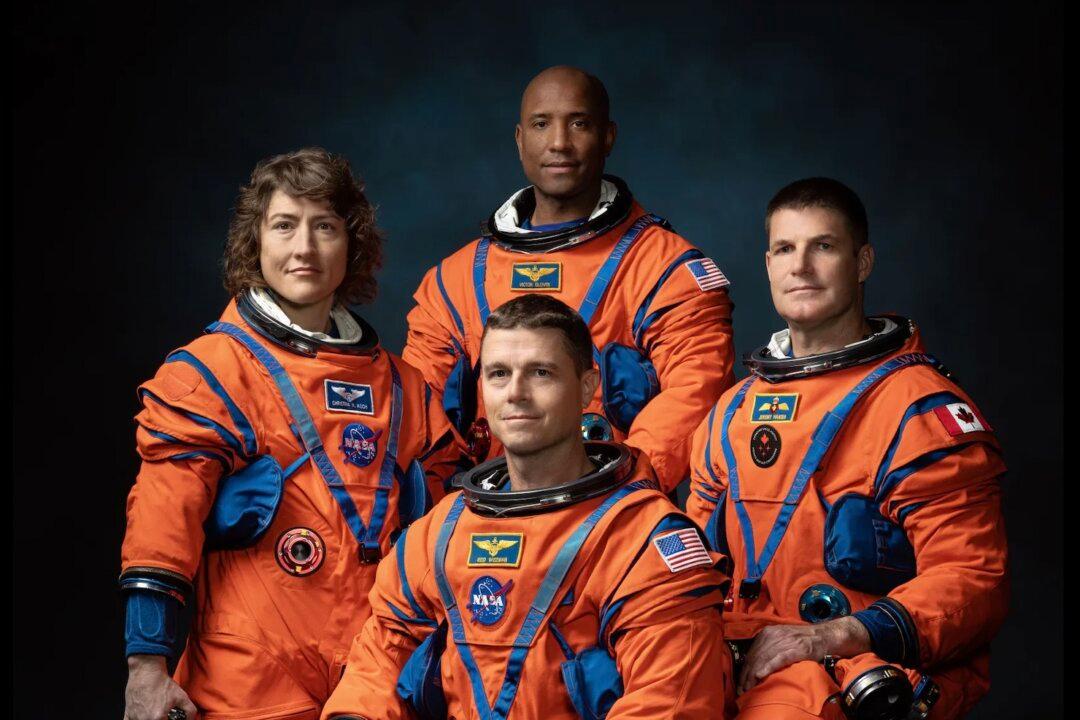On December 14, 1972, surrounded by darkness and light and standing where only 11 others had ever stood before, Gene Cernan became the last person to walk on the moon. As he prepared to depart, he announced over the radio, “As we leave the moon at Taurus-Littrow, we leave as we came, and God willing, as we shall return, with peace and hope for all mankind.”
Cernan, commander of the Apollo 17 mission, died in 2017 and never got to witness another return to the moon. That hope of returning, however, remains very much alive at NASA, and with the Artemis missions, mankind will once again take that giant leap to the moon.






